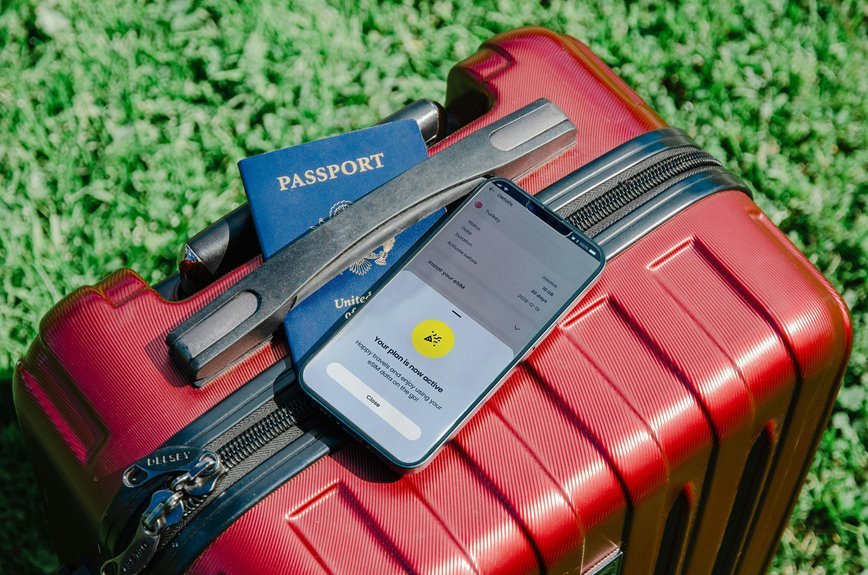Caller Verification Units (CVUs) such as 3512223945, 3667242078, 3289172582, 3714975215, 3314461274, and 3279759788 serve as critical tools in enhancing communication security. These units employ sophisticated authentication methods to confirm caller identities, thus mitigating risks associated with fraud. Each model presents unique features tailored to different user requirements. Understanding the implications of these variations could significantly influence decision-making for stakeholders aiming to secure sensitive communications. What factors will determine the best choice among them?
Understanding Caller Verification Units
Caller Verification Units (CVUs) play a pivotal role in enhancing security protocols within various communication systems.
They establish robust caller security by employing sophisticated identification protocols to verify the authenticity of callers. This process mitigates the risks associated with fraudulent communications, safeguarding personal and sensitive information.
As a result, CVUs empower users, fostering a secure environment that supports freedom of expression and communication.
Features of Caller Verification Unit 3512223945
The Caller Verification Unit 3512223945 incorporates advanced technological features designed to enhance caller authentication processes.
It employs sophisticated caller identification methods, ensuring accurate verification. The unit is equipped with robust security protocols that safeguard user data while maintaining operational efficiency.
These features collectively aim to provide a secure and reliable environment for communication, catering to users’ increasing demand for privacy and freedom in their interactions.
Benefits of Using Caller Verification Units
While ensuring secure communication remains a priority, utilizing Caller Verification Units offers numerous benefits that enhance both user experience and security.
These units significantly bolster caller security, reducing the likelihood of fraudulent activities. By confirming identities before connections are established, they contribute to effective fraud prevention, allowing users to engage confidently.
This integration fosters a safer communication environment, ultimately promoting trust among users.
Comparison of Caller Verification Units 3667242078, 3289172582, 3714975215, 3314461274, and 3279759788
When evaluating the effectiveness of various Caller Verification Units, it becomes evident that the models 3667242078, 3289172582, 3714975215, 3314461274, and 3279759788 each offer distinct features and capabilities.
A functionality analysis reveals differing strengths in security, user interface, and response time.
Utilizing specific comparison metrics, stakeholders can identify the most suitable unit for enhancing telecommunication security while preserving user autonomy and privacy.
Conclusion
In a world increasingly vulnerable to deception, Caller Verification Units serve as the vigilant sentinels guarding the gates of communication. Just as a skilled locksmith secures a treasure chest, these units employ advanced technologies to protect sensitive information from the prying eyes of fraudsters. With diverse features tailored to specific needs, stakeholders can select the perfect model, ensuring that trust remains intact and that their digital conversations are shielded from threats lurking in the shadows.





